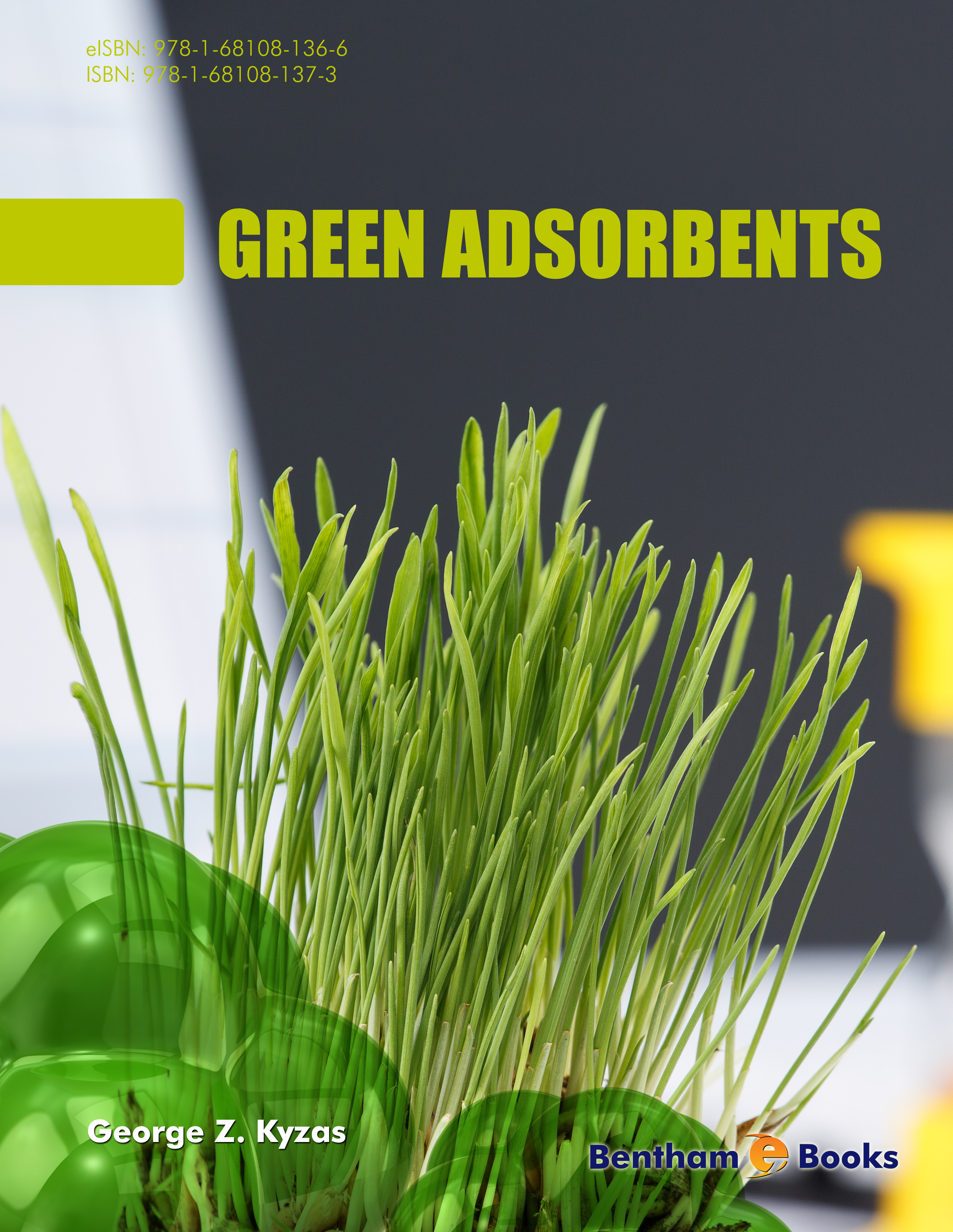Foreword
When Dr. Kyzas asked me to write this preface, I was honored and thrilled to have the opportunity
to introduce this outstanding work!
I have been impressed with the promising career of Dr. Kyzas who has contributed enormously in
the field of environmental technology and in particular adsorption phenomena. He has both
published extensively on this subject and is well qualified to write and edit such books. Dr. Kyzas
has made significant contributions in the synthesis and adsorptive evaluation of various materials
during his early research career. The research potential of Dr. Kyzas is really impressive. The
high-level of his research includes: (i) publication of many papers in highly Impact Factor
scientific journals; (ii) oral or poster presentation in National and International Scientific
Conferences; (iii) publication of many chapters in scientific books; (iv) editorship in Scientific
journals; (v) reviewership in Scientific journals. However, the most impressive thing in his early
scientific research career is that until the end of his Ph.D. he had published 6 papers, while the
next 5 years took off his research capabilities, publishing 52 papers in high Impact Factor journals.
Taking into account (i) his age; (ii) his teaching work (until now) as a.Lecturer at Technological
Educational Institute of Kavala (Greece); (iii) the impressively rapid growth of his research career
in a relatively young age, I can assure that Dr. Kyzas can be easily considered as one of the topranked
young scientist of Greece.
The book is very well organized in multiple short chapters that are beautifully illustrated both with
ultrasound images and diagrams. Initially, they introduce the subject with a chapter on the
different compositions of industrial wastewaters. Next, adsorption (as the major treatment of
wastewater) is presented, which is a simple, rapid, and economic decontamination technique. This
technique is also described in this eBook both in batch mode examples and fixed-bed ones. The
following chapters introduce the synthesis of various materials used as adsorbents. These are
environmental-friendly materials satisfying some basic standards of the general field of “green
technology”. Examples of polluatnts removed from wastewaters with green adsorbents are then
presented as dyes, heavy metals (ions), pesticides, phenols, insecticides etc. The last chapters
report some useful information which can be characterized as real and practical regarding technoeconomical
data for the use of green adsorbents. Industrial scaling and economic perspectives are
posed along with the future trend of green adsorption technology.
This book, while very comprehensive, remains simple in its approach. It makes a very complex
and rather intimidating organ accessible to both the novice and the seasoned examiner.
Furthermore, this book is presented as an eBook which is a very innovative format, awaited with
great anticipation. Such novel media will challenge the primacy of bulky printed books. Many
books will soon be available as eBooks and carried as a small discrete thumb-drive or even
downloaded perhaps on an electronic device. Electronic versions of books are the future of our
industry and Dr. Kyzas has stepped up in choosing such a modern and practical display for his
book.
In conclusion, I am very excited about this eBook, not only because it is superbly organized and is
well illustrated, but also because as an eBook it can be carried and propagated throughout our
community much more easily than a hard copy book. Dr. Kyzas has succeeded admirably in their
endeavor to produce what promises to be an outstanding resource on “Green Adsorption”
technology.
Athanassios Ch. Mitropoulos
Technological Educational Institute of Kavala
Petroleum and Natural Gas Technology
Kavala, Greece

